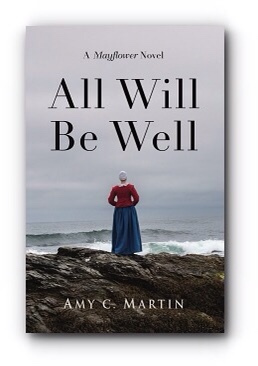Anyone who’s watched the Civil War movie “Glory” knows about the courage of the 54th Regiment Massachusetts Volunteer Infantry, one of the first all-black volunteer units to ever fight in an American war. Anyone who hasn’t seen it really should. After he died with his men during the 1863 assault on Fort Wagner, Colonel Robert Gould Shaw was buried in a mass grave alongside them. For several years, his sword, which bears his initials, was considered lost, but eventually was recovered in South Carolina and given to the Shaw family, only to disappear again in the following decades. In 2017, when sorting through the attic of their Massachusetts home, descendents of Shaw’s sister came across it and donated it, along with family papers, to the Massachusetts Historical Society. Today the sword can be seen by prior request.
Information from Mass. Historical: Regulation Infantry sword made for the American market by Henry Wilkinson, Pall Mall, London. Number 12506 with gilt HW seal; blade proofed May 23,1863. British Pattern 1845/54 Officer’s Sabre. Steel blade, etched decoration on both sides with initials R.G.S. below a displayed US Eagle near hilt on back of blade which is slightly curved and unfullered. Normally, this sword would carry an openwork “Crowned VR” cypher in the oval cartouche of the knuckle guard, but made for a non-British customer this feature is left solid and is textured with matt punching. The chamois bag given with the sword is the remains of a “slip,” a soft bag in which one would keep a sword (and its garniture) when packed away. Grip of sharkskin banded in silver wire with flat metal ribbon sword knot ending in acorn affixed to hilt.
One of the treasures of American history.









 In 1704, a French and Indian coalition raided the frontier village of Deerfield, Massachusetts, destroying property, killing 50 of the inhabitants, and kidnapping 112. Forced to march in the dead of winter to Canada, many of the captives died along the way. Many survived, however, and later printed narratives of their ordeals. The most famous victims of this raid were members of the Williams family, and much has been written about them in subsequent centuries. In Captive Histories, Sweeney and Haefeli have gathered primary documents pertaining to the Williams survivors and those less famous. The difference in this book is the inclusion of multiple perspectives, including the Abenaki and Mohawk stories that have been passed from generation to generation via oral tradition. Letters, military reports, oral narratives,and memoirs are collated and evaluated in such a way as to compare and contrast the English, French, and Native American points of view, and to assess belief systems, traditions, the the reliability of the evidence. Captive Histories does not read like a historical novel; it is an important and valuable piece of research and socio/political/cultural commentary on one of colonial New England’s most notorious events.
In 1704, a French and Indian coalition raided the frontier village of Deerfield, Massachusetts, destroying property, killing 50 of the inhabitants, and kidnapping 112. Forced to march in the dead of winter to Canada, many of the captives died along the way. Many survived, however, and later printed narratives of their ordeals. The most famous victims of this raid were members of the Williams family, and much has been written about them in subsequent centuries. In Captive Histories, Sweeney and Haefeli have gathered primary documents pertaining to the Williams survivors and those less famous. The difference in this book is the inclusion of multiple perspectives, including the Abenaki and Mohawk stories that have been passed from generation to generation via oral tradition. Letters, military reports, oral narratives,and memoirs are collated and evaluated in such a way as to compare and contrast the English, French, and Native American points of view, and to assess belief systems, traditions, the the reliability of the evidence. Captive Histories does not read like a historical novel; it is an important and valuable piece of research and socio/political/cultural commentary on one of colonial New England’s most notorious events.
 Many visitors to Plymouth Plantation do not realize that this recreation of the pilgrims’ first village lies about three miles from its actual site in what is now downtown Plymouth. An archaeology team from UMass Boston is currently searching for evidence of the wooden palisade that surrounded the fort and the houses that surrounded it. Although most of the evidence unearthed so far dates from the 19th century, the hope is that some 17th century artifacts will turn up. But the main goal is to find the remnants of the first houses and of the post holes the supported the walls built around them to protect the settlers. According to the article in the June 21 issue of the Boston Globe, the dig is part of a multi-year site survey and excavation leading up to the 400th anniversary of the Pilgrims’ landing. The map posted here is from the same article, which can be found in its entirety
Many visitors to Plymouth Plantation do not realize that this recreation of the pilgrims’ first village lies about three miles from its actual site in what is now downtown Plymouth. An archaeology team from UMass Boston is currently searching for evidence of the wooden palisade that surrounded the fort and the houses that surrounded it. Although most of the evidence unearthed so far dates from the 19th century, the hope is that some 17th century artifacts will turn up. But the main goal is to find the remnants of the first houses and of the post holes the supported the walls built around them to protect the settlers. According to the article in the June 21 issue of the Boston Globe, the dig is part of a multi-year site survey and excavation leading up to the 400th anniversary of the Pilgrims’ landing. The map posted here is from the same article, which can be found in its entirety